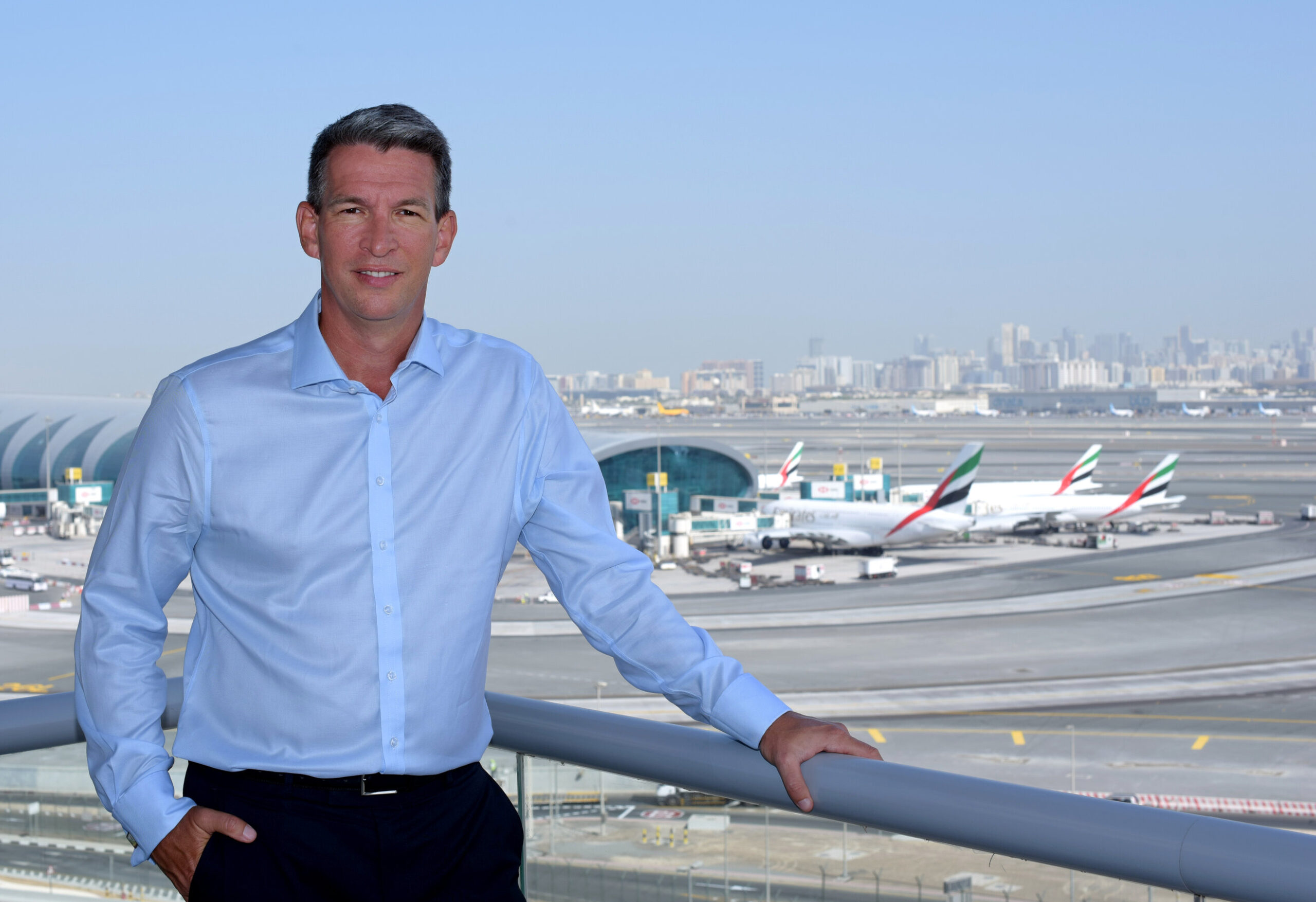Sustainability is “at the heart of what we do”, dnata CEO Steve Allen told journalists recently when he shared the ground handler’s carbon footprint reduction strategy for 2030.
Last week, Airside was invited to tour dnata’s Dubai headquarters and airport facilities, where the ground handling boss made clear the company’s plans to decarbonise through its GSE fleet.
Outlining the company’s strategic objective to reduce its carbon footprint by 50 per cent by 2030, compared to 2022 levels, Allen said dnata is transforming its fleet with refurbished vehicles to extend equipment lifecycles, decrease engine emissions and reduce waste.
The CEO explained further that dnata will continue to replace diesel-powered equipment with hybrid or electric alternatives – which includes ramp vehicles, GSE and forklifts.
“Where feasible”, the handler is also utilising biofuels as a diesel alternative in the Netherlands and the United Arab Emirates (UAE).
In February, dnata announced that all its airside diesel vehicles at Schiphol Airport will be swapped for electric smart cars.

dnata providing passenger stairs at Dubai International Airport (DXB)
Allen told reporters in Dubai last week: “We have a huge GSE fleet worldwide [and] we’re gradually going through the transformation of GSE, through to hybrid and electric solutions.
“We are dependent on airport infrastructure, in many cases. We’re trying to assist the airports in how they can improve their infrastructure to enable more electrification, more hybrid, more biofuels [and] potentially hydrogen.”
The dnata boss added that he is working with his team to consider infrastructure solutions, where GSE operators and manufacturers alike continue to highlight the lack of accommodation for sustainable equipment as a significant barrier to progressing sustainability efforts.
Allen continued: “We have extensive trials going on here in Dubai, where we have 3000-plus motorised vehicles.
“We have a real opportunity to try out new products with GSE manufacturers, so [we are] working very closely [with them] to say, ‘what would work in an environment like this in the heat of the summer, from an electrification point of view, and how do we make it happen?’”

A pushback parked in dnata’s DXB workshop
Expanding on the trials dnata is undertaking to reduce emissions in Dubai, Allen explained: “There’s a very good example that we’re trialling at the moment, which is providing switches on every stand here in Dubai, where, when the aircraft is not plugged into the ground power, you can plug the equipment in instead.
“[This means] you don’t drain the ground power whether there’s an aircraft on that stand or not. But as soon as it leaves, you can plug in your equipment, and you just flick a switch to be able to do that.
“That switch is not expensive, it can be plugged in very easily, it controls the fact that you’re not consuming too much electricity, and it gives airports a solution.
“So let’s find solutions for the airports, not just state the problems. That’s our approach.”



